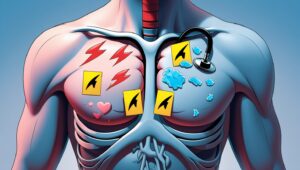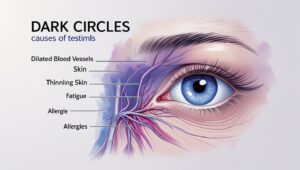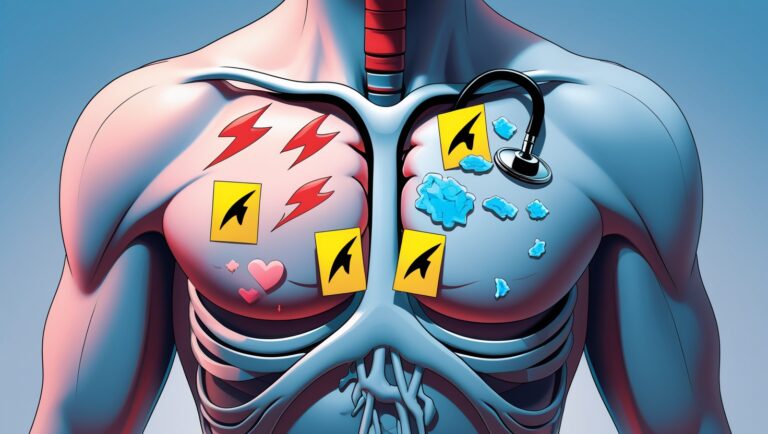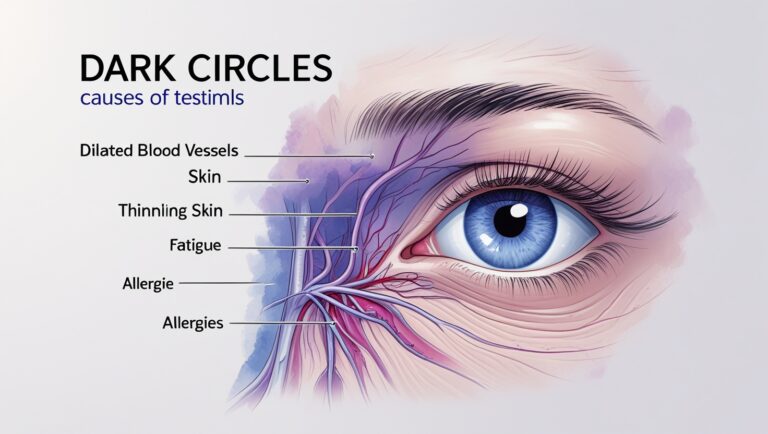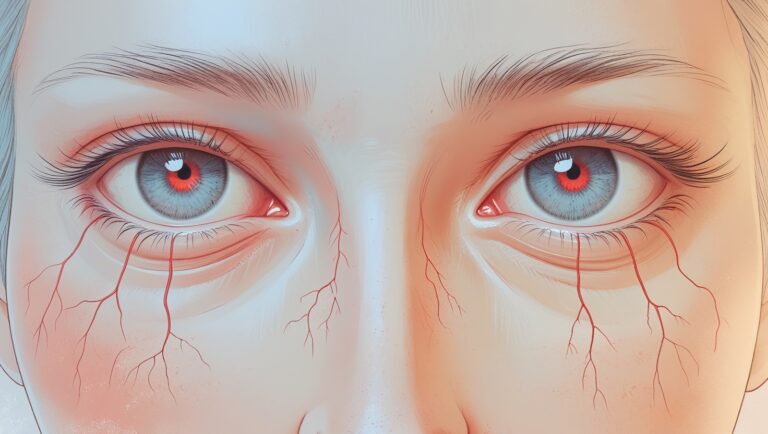We’ve all been there—you stick to your skincare routine, wash your face twice a day, and do everything by the book. And yet, those stubborn pimples still pop up. Frustrating, right?
If you’re wondering “Why do I get pimples even after washing my face?”, you’re not alone. This is one of the most common skincare concerns people have, regardless of age or skin type. The truth is, acne is more complex than just dirty skin, and washing your face—while important—is just one piece of the puzzle.
In this article, we’ll explore the real reasons why pimples persist even with a good cleansing routine, and what you can do to manage and prevent them effectively.
What Causes Pimples in the First Place?
To understand why you’re still breaking out, it helps to know how pimples form.
The Science Behind Pimples
Pimples are the result of clogged pores. Here’s how it happens:
-
Excess oil (sebum) is produced by the sebaceous glands.
-
Dead skin cells pile up on the surface of the skin.
-
Bacteria, particularly Cutibacterium acnes (formerly Propionibacterium acnes), multiply in the clogged pore.
-
The immune system responds, causing inflammation—resulting in pimples, blackheads, or whiteheads.
Now that we’ve got the basics, let’s dive into why breakouts can still happen even if you’re diligent about washing your face.
Top Reasons You Get Pimples Despite Washing Your Face
1. Overwashing Can Damage Your Skin
Believe it or not, washing your face too much can actually make things worse.
Why overwashing causes breakouts:
-
It strips your skin’s natural oils, leading to dryness.
-
Your skin compensates by producing more oil, which can clog pores.
-
Over-cleansing can damage the skin barrier, making it easier for bacteria to cause inflammation.
Tip: Stick to washing your face twice a day—morning and night. If your skin feels tight or dry afterward, consider using a gentler cleanser.
2. You’re Using the Wrong Cleanser
Not all face washes are created equal. Some cleansers can irritate your skin or leave behind residue.
Signs your cleanser may be the problem:
-
It leaves your skin feeling tight or squeaky-clean
-
It contains harsh sulfates or alcohol
-
It’s too creamy for oily/acne-prone skin
-
It doesn’t effectively remove makeup or sunscreen
Tip: Look for non-comedogenic, fragrance-free, and pH-balanced cleansers. Ingredients like salicylic acid, benzoyl peroxide, or tea tree oil can help target acne.
3. Your Skin is Affected by Hormones
Hormonal fluctuations play a huge role in acne—especially around puberty, menstruation, pregnancy, or due to conditions like PCOS.
Hormonal acne signs:
-
Breakouts along the jawline or chin
-
Pimples that appear on a predictable monthly cycle
-
Deep, cystic acne that doesn’t respond well to topical treatments
Tip: For persistent hormonal acne, consult a dermatologist. They might recommend oral contraceptives, spironolactone, or other treatments that regulate hormones.
4. You Touch Your Face Without Realizing It
Touching your face transfers bacteria, dirt, and oil from your hands to your skin, even if you’ve just washed it.
Common habits that trigger breakouts:
-
Resting your chin on your hand
-
Picking or popping pimples
-
Using your phone without cleaning it
Tip: Be mindful of your hand-to-face contact. Keep your phone screen and pillowcases clean as well.
5. Skincare or Hair Products Are Clogging Your Pores
This is known as acne cosmetica, where products contribute to breakouts.
Ingredients to avoid:
-
Coconut oil
-
Lanolin
-
Isopropyl myristate
-
Fragrance or artificial dyes
Tip: Always check for products labeled non-comedogenic and avoid heavy creams or oils if you’re acne-prone.
6. Diet and Lifestyle Factors
What you eat and how you live can influence your skin more than you might expect.
Acne-triggering lifestyle factors:
-
High sugar or dairy intake
-
Stress
-
Lack of sleep
-
Smoking or alcohol consumption
Tip: Try reducing dairy and processed sugars in your diet. Focus on anti-inflammatory foods like leafy greens, omega-3-rich fish, and plenty of water.
7. Your Towel or Pillowcase Might Be to Blame
Even if your skin is clean, what it touches afterward can reintroduce bacteria and oil.
Hidden sources of bacteria:
-
Dirty pillowcases
-
Used face towels
-
Makeup brushes
Tip: Change your pillowcase every 2–3 days and use a fresh towel daily for your face.
8. You’re Using Too Many Products
Using 5–6 skincare products may seem like self-care, but it could be stressing your skin.
Product overload problems:
-
Ingredients can interact and cause irritation
-
Too many actives (like AHAs, BHAs, retinol) can damage your skin barrier
-
Layering can clog pores
Tip: Keep it simple. A basic routine of cleanser, moisturizer, and sunscreen is often enough for clear skin.
9. You’re Not Moisturizing Enough
Skipping moisturizer—especially when you have oily or acne-prone skin—is a common mistake.
Why moisturizing matters:
-
Hydrated skin heals faster
-
Dry skin triggers more oil production
-
Moisturizers help strengthen the skin barrier
Tip: Use an oil-free, non-comedogenic moisturizer. Look for ingredients like hyaluronic acid, niacinamide, and ceramides.
10. Underlying Health Conditions
Certain medical conditions or medications can lead to persistent acne.
Conditions linked to acne:
-
Polycystic Ovary Syndrome (PCOS)
-
Thyroid imbalances
-
Cushing’s syndrome
Tip: If you’ve tried everything and your acne persists, it’s time to see a dermatologist or healthcare provider. Blood tests or hormone panels can uncover hidden causes.
What You Can Do to Reduce Pimples (Besides Just Washing)
If you want clear skin, it’s about more than just a clean face. Here’s a quick checklist:
Daily Skincare Habits That Help:
-
Use a gentle, effective cleanser twice a day
-
Always remove makeup before bed
-
Apply a non-comedogenic moisturizer
-
Use sunscreen daily (yes, even indoors!)
-
Don’t touch or pick at your face
-
Clean your phone, pillowcases, and makeup brushes regularly
Healthy Lifestyle Tips for Clearer Skin:
-
Eat more whole foods and reduce dairy/sugar
-
Stay hydrated
-
Get 7–8 hours of sleep every night
-
Manage stress with exercise, journaling, or meditation
When to See a Dermatologist
If your acne isn’t improving after 6–8 weeks of consistent care, it’s time to bring in the experts.
A dermatologist can help you with:
-
Prescription-strength topical treatments (like tretinoin or clindamycin)
-
Oral antibiotics or hormonal therapies
-
Lifestyle and product recommendations
-
Identifying non-obvious triggers
Final Thoughts: Washing Isn’t the Whole Story
Washing your face is essential—but it’s not a magic bullet. Acne is a multifactorial condition, and your skin might be reacting to hormones, lifestyle, products, or even over-cleansing.
The good news? With a bit of detective work and consistency, you can figure out what’s causing your breakouts and take real steps toward healthier, clearer skin.
Take Action Today
-
Evaluate your skincare routine—simplify and use acne-friendly products.
-
Make small, sustainable lifestyle changes like improving your diet or getting more sleep.
-
Be patient—skin renewal takes time, and real results may take a few weeks.
-
Don’t be afraid to seek professional help if over-the-counter solutions aren’t working.
Clear skin isn’t about perfection—it’s about balance. Start small, stay consistent, and listen to your skin. You’ve got this!
Visit for more :- Greakstive
External References & Further Reading:
